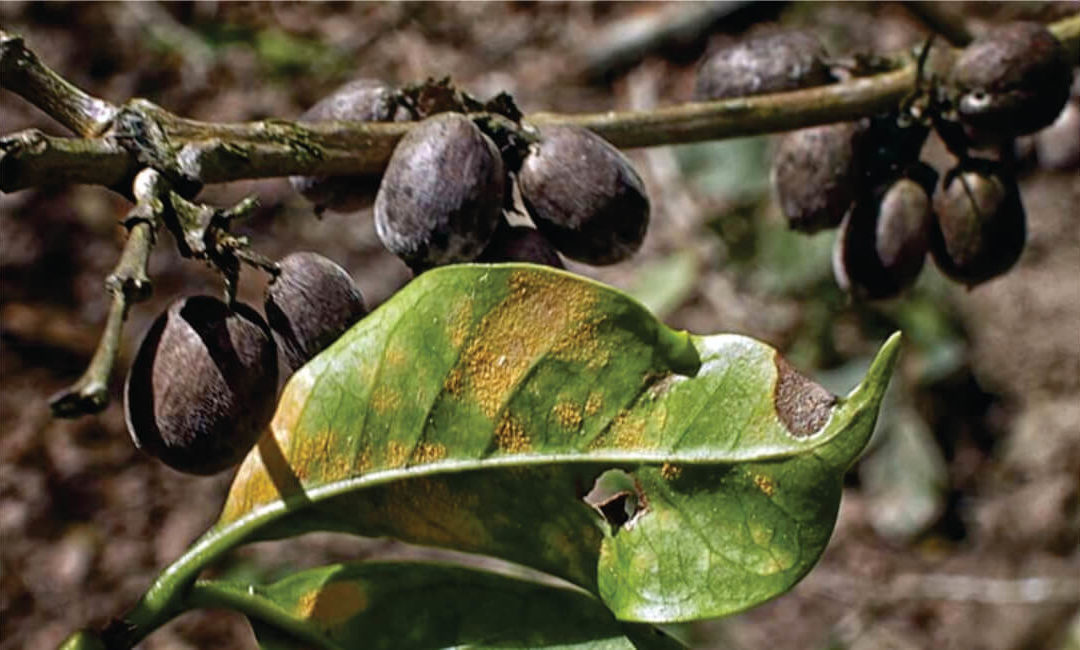Mediante determinaciones en campo de variables climatológicas, agronómicas y de manejo del cultivo utilizando algoritmos de minería de datos, analizan detección de emergencia de roya.
Investigadores de la Universidad Nacional de Ingeniería, en una importante contribución al desarrollo el país, desarrollaron y evaluaron un sistema de detección de emergencia de la roya en los cultivos de cafetales utilizando algoritmos de minería de datos, mediante determinaciones en campo de variables climatológicas, agronómicas y de manejo de cultivo.
Rubén Eusebio Acosta Jacinto, Milton Ríos Julcapoma y Eduardo Mendoza Villaizán, junto a otros investigadores de la Universidad de Jaén y de la Cooperativa Agraria Cafetalera La Prosperidad de Chirinos, publicaron un artículo científico sobre las conclusiones de sus investigaciones en la Revista OnLine de Ciencias Biológicas, publicado el 31 de marzo del año en curso.
Ver publicación original: https://thescipub.com/abstract/ojbsci.2022.157.164
A continuación, trascribimos el resumen del artículo científico:
___________
Detection of Rust Emergence in Coffee Plantations using Data Mining: A Systematic Review
Lenin Quiñones Huatangari1, Candy Lisbeth Ocaña Zúñiga1, Annick Estefany Huaccha Castillo1, Rubén Eusebio Acosta Jacinto2, Manuel Emilio Milla Pino1, Milton Ríos Julcapoma2, Ricardo Yauri Rodríguez2, Eduardo Mendoza Villaizán2 and Aladino Pérez Cabrera3
- 1 National University of Jaen, Peru
- 2 National University of Engineering, Peru
- 3 Cooperativa Agraria Cafetalera La Prosperidad de Chirinos, Peru
Abstract
Hemileia vastatrix is a fungus that causes coffee rust disease and,
depending on the level of severity, reduces the photosynthetic capacity of the plant and of new shoots, leading to low coffee yields and even death; its symptoms are visible on the leaf. Systems based on computer algorithms have been developed to predict diseases and pests in coffee. The objective of the manuscript was to analyse the detection of rust occurrence in coffee plantations, through field determinations of climatological, agronomic and crop management variables using data mining algorithms. A systematic review of studies published from 2001 to 2021 was carried out in the Scopus,
Ebsco Host and Scielo databases, considering as an inclusion criterion the works that used experimental design in data collection. The studies included
in this review were 22, 64% of which came from the top two coffee-roducing
countries in Latin America (Brazil and Colombia); the analysis of these studies revealed that the input variables were climatic, soil fertility properties, management and physical properties of the crops. In addition, they used supervised (decision tree, artificial neural networks, multiple linear regression, among others) and unsupervised (clustering) algorithms, with the support of experts in the study of the fungus and used statistics such as coefficient of determination, root mean square error, among others, to validate the proposals. Overall, this systematic review provides evidence of the effectiveness of data mining algorithms implemented to detect the occurrence of rust in coffee plantations.




